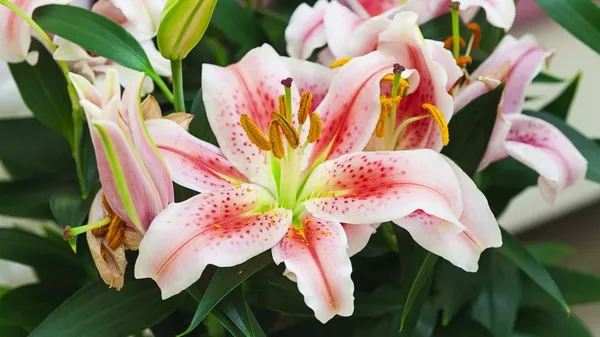As the countdown to the New Year intensifies in Japan, the focus shifts not only to end-of-year festivities but also to the symbolic plants and flowers that adorn homes, businesses, and public spaces. Let’s delve into seven botanical elements that play a significant role in the aesthetics of the Japanese New Year, unraveling their identities and exploring their cultural significance.
1. Fukujyuso (Japanese Buttercup):
Brilliant yellow Fukujyuso, known as Japanese buttercups, grace the scenery with their beauty, especially against the backdrop of snow. Although they typically bloom in February, greenhouse-grown varieties make an appearance in florist shops around the New Year. Fukujyuso, with its name incorporating the kanji for “good fortune” and “congratulations,” aligns perfectly with the New Year’s spirit. In the language of flowers (hanakotoba), Fukujyuso symbolizes the invitation of happiness and eternal joy.
2. Matsu (Pine):
Pine, revered for its auspicious qualities since ancient times, plays a crucial role in New Year decorations such as kadomatsu. The presence of pine ensures that the toshigami (New Year’s god) finds its way without losing direction. An evergreen coniferous plant, pine symbolizes longevity and good fortune, epitomized by its hanakotoba representing perpetual youth and long life. Pine is associated with folklore attributing fertility, the propagation of descendants, and the ability to ward off malevolent spirits.


